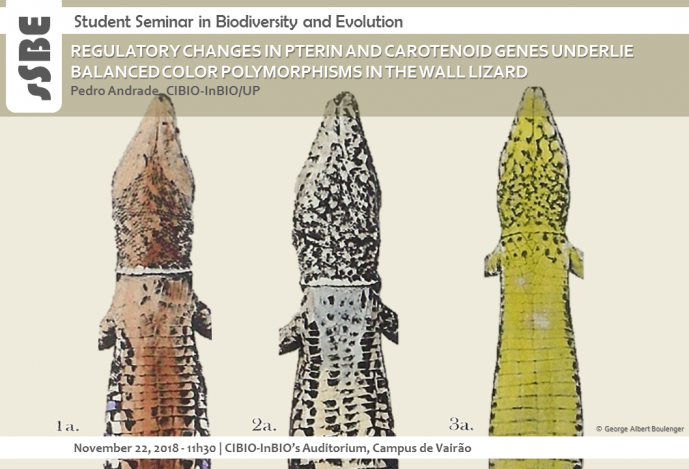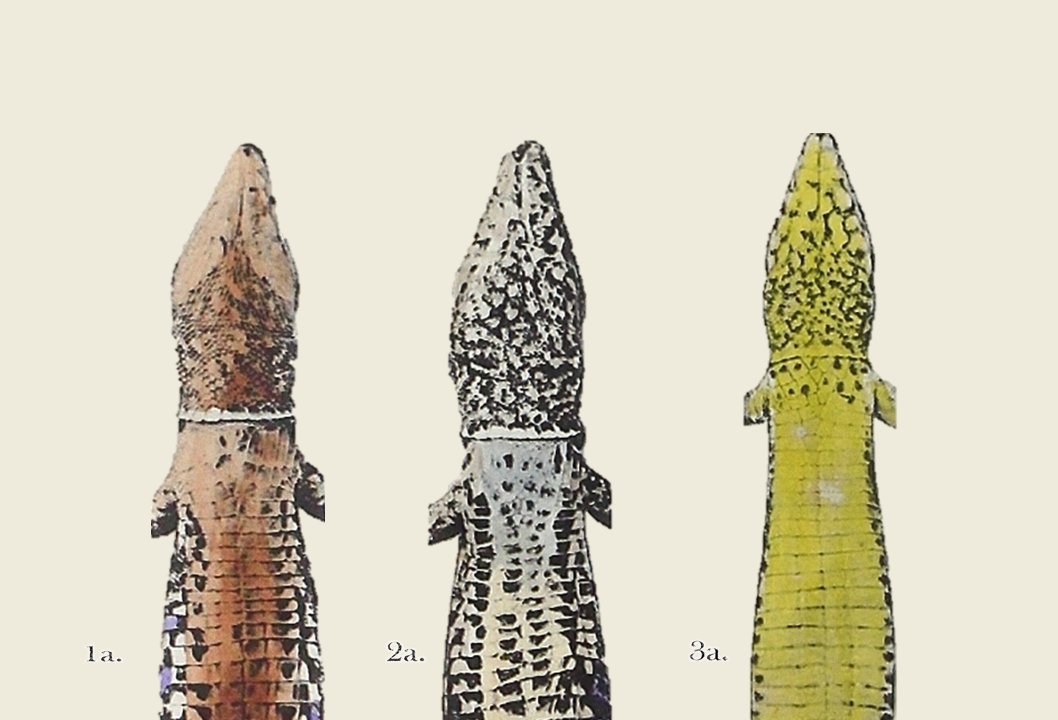REGULATORY CHANGES IN PTERIN AND CAROTENOID GENES UNDERLIE BALANCED COLOR POLYMORPHISMS IN THE WALL LIZARD

STUDENT SEMINAR IN BIODIVERSITY AND EVOLUTION

Reptiles use pterin and carotenoid pigments to produce yellow, orange, and red colors. These conspicuous colors serve a diversity of signaling functions, but their molecular basis remains unresolved. In this talk I will show that the genomes of sympatric color morphs of the European common wall lizard, which differ in orange and yellow pigmentation and in their ecology and behavior, are virtually undifferentiated. Genetic differences are restricted to two small regulatory regions, near genes associated with pterin (SPR) and carotenoid metabolism (BCO2), demonstrating that a core gene in the housekeeping pathway of pterin biosynthesis has been co-opted for bright coloration in reptiles and indicating that these loci exert pleiotropic effects on other aspects of physiology. Pigmentation differences are explained by extremely divergent alleles and haplotype analysis revealed abundant trans-specific allele sharing with other color polymorphic lacertids. The evolution of these conspicuous color ornaments is the result of ancient genetic variation and cross-species hybridization.
Pedro Andrade holds a MSc in Ecology, Environment and Territory from the University of Porto (FCUP). He is currently enrolled in the 4th year of the BIODIV PhD programme, working under the supervision of Miguel Carneiro (CIBIO, EVOLGEN) and David Gonçalves (CIBIO, AVE).
[Host: Miguel Carneiro, Evolutionary Genetics and Genomics]
Image credits: George Albert Boulenger